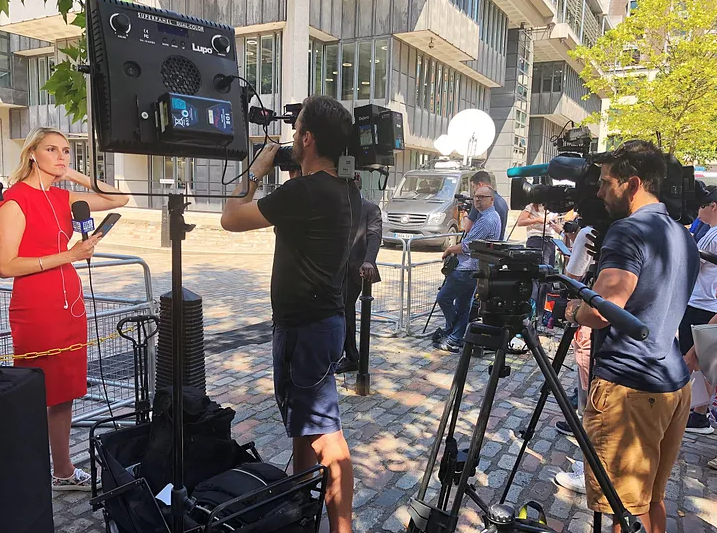
This morning, The Washington Post ran an article explaining Sinclair Broadcastings’ approach to local news.
Their focus, by mandate from their Chairman David Smith, is to focus on crime, homelessness, illegal drug use and other societal ills. Sinclair annually polls its viewers about ‘what scares them the most’, and respond with programming that fits that model.
As Sinclair own 185 local TV news stations, what they decide to broadcast has a pretty major impact on how people see their own lives, their communities, and their world. As more than 2500 local newspapers have closed across America in the past decade, what is shown on local TV news has an inordinate impact on our perceptions of ourselves.
Maybe scary stories drive ratings… or maybe they don’t.
For the past 35 years, I have been running video journalism training bootcamps for journalists, and during that time, nearly 25,000 journalists from various networks, newspapers and nations have taken the course. It has given me an interesting insight into one aspect of journalism — what to cover.
During the one-week long course, journalists report, shoot and edit two stories — all on iPhones now, and all of their own selection. There is no assignment desk. They are free to pick any stories they want to do.
In all my 35 years of doing this, not one reporter has ever opted to do a story, on their own volition, on crime, or a local fire for that matter. Instead, they naturally gravitate to stories that they personally care about, that they have a personal connection to.
Mr. Smith may think that their viewers can relate to crime stories, but the truth is, unless you are the poor victim of the robbery or the shooting, the story actually has little resonance with your or with your life or the things that actually concern you.
Left to their own choices, what kinds of stories do journalists actually select? Here’s a good example, from last week’s video storytelling bootcamp. This was done by Stephon Dingle, a journalist with WJZ in Baltimore. It’s a story about someone trying to survive in the gig economy.
Does it resonate with viewers? According to Gallup Statista, there are an astonishing 76.4 million people now working in the gig economy. That is a whole lot more people than those who have been victims of a robbery or had their house burn down.
If you want to save local news- and it’s really important to do that — then focus on what stories will resonate with viewers on a personal level — as opposed to trying to scare them.


